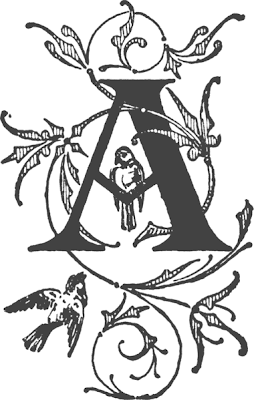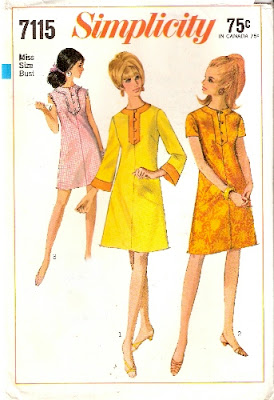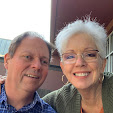
B is for Blazer. The blazer is a fashion classic. Borrowed from menswear, the blazer (with a woman's cut, of course) is very flattering and "finishes" an outfit. You can wear your Black Pants (another B essential), a T shirt, and the blazer will make the outfit. Blazers can be made from cotton or linen and unlined for the hottest months, or they can be wool and lined - and even underlined - for more warmth. Pick up any pattern catalogue or BWOF magazine, and you will find a host of blazer options. The traditional blazer is longer in length, but in today's fashion world, there is everything from very cropped to below the seat. Pick the style that works best on your body type.
Wikipedia has this to say about blazers:
A blazer is a type of jacket, often double-breasted, and sometimes single-breasted, worn as smart casual clothing. The term blazer is also sometimes used as a synonym for boating jacket or sports jacket, though in fact it is neither. A blazer resembles a suit jacket, except that it has a more casual cut, and features as patch pockets with no flaps and metal buttons. A blazer's cloth is usually durable, because it was designed as a sporting jacket. They often form part of the uniform of bodies such as airlines, schools, and yachting or rowing clubs.
The blazer began as a jacket worn in boat clubs, for rowing, and was brightly coloured, often striped, with contrasting piping, and single breasted; it was essentially an early sports jacket. At that time, the double breasted, navy blue jacket was known as a reefer jacket. Eventually, as the original blazer became less common, the term come to be applied to the naval version, which gained its modern metal buttons. It is still sometimes called the reefer jacket, and is worn in its original form by some yachting clubs.Textile Studios' Florence Jacket is a good example of a feminine version of the blazer sans the pockets and brass buttons, although either would be easy to add. Silhouettes 1500 is another example of a more traditionally styled blazer, whereas Vogue 8333 has more of a 40's flair, and Simplicity 4273 offers one with princess seams.
B is for BLACK PANTS - almost every woman needs a pair, if not multiple pairs of black pants. There are literally thousands of pants patterns out there, so find one that fits you well, and STICK WITH IT. It is easy enough to change a pocket detail, leg width, etc. But the important thing is to get a pattern that you make fit you perfectly, and use that as a basis for all other pants you make. (I'm still working on this myself - but after all the trial and error, I am determined to get the fit right and then make that my TNT.) This time of year, I'm realizing that I need pants - and I'll need them in a hurry. It is in the high eighties today, but won't be next week. I'll be needing some pants - er, some BLACK pants to be sure! Black pants can be made from a variety of fabrics depending on the look you want. Fuller cut pants look best in drapey materials. RPL , triacetate, and polyester pants are great choices if you need workhorse-pants in your wardrobe that can be thrown in the washer and dryer. Wool pants are very durable and the fabric is easy to work with. As a rule, wool pants should be drycleaned, but if you pretreat your fabric carefully, you may be able to wash them, but probably would want to dry flat or hang to dry. One alternative to lining pants is to make a washable pants liner. The FSG pants pattern comes with a pants liner, but you can also use a pajama pants pattern for a liner. You may need to cut out some of the fullness. An advantage to the pants liner is that it can be washed over and over and the pants will only have to be cleaned about half as often as lined pants. Cotton and linen are great choices for summer pants and can be lined or unlined.
And, of course, B is for BLOGS. How would we keep up with what everyone else is doing if we didn't have our blogs??
So, I would love to hear your thoughts on Blazers and Bias cut garments. I know there is a real art to working with bias cut blouses and dresses, but a skirt is not as difficult, and well worth it. So, what are your experiences with bias cut garments or blazers? And what would you suggest for those who may not yet have taken the "pants plunge", but would like to try?
















